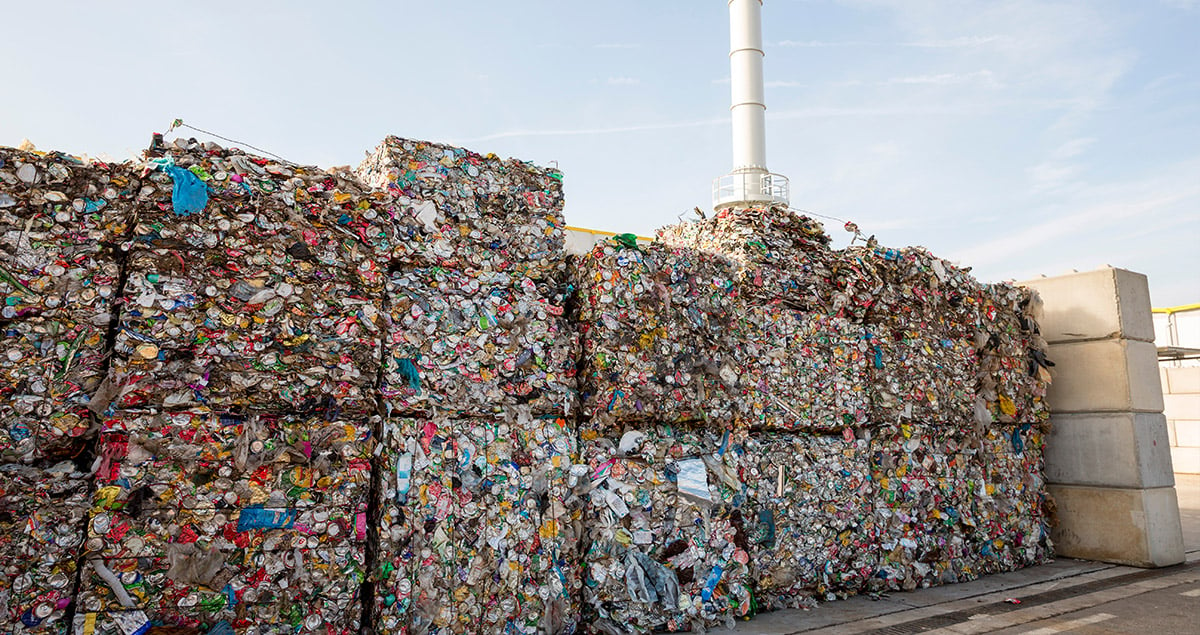Seven technologies for a sustainable future

Faced with challenges including climate change, pollution and the pursuit of a zero-carbon economy, the world is increasingly turning to natural gas, renewables and hydrogen as alternatives to oil and coal.
At the same time, a range of technologies is finding new ways to improve efficiency and reduce emissions.
But no one fuel or technology holds the whole solution, and there are still many challenges to overcome. When it comes to renewables, for example, supply intermittency is one of the more daunting issues.
All this means that, in the near-term, the future of the energy industry is likely to be more complex with multiple innovations.
Here are seven distinct technologies that are driving positive change in the sector.
1. Offshore Wind
Wind power is one of the leading renewable energy sources in the fight against climate change. It is clean, in plentiful supply and increasingly competitive.
Bigger and more efficient turbines are now being used in offshore wind farms with power outputs comparable to fossil fuel plants. The world’s largest commercial wind turbine is capable of delivering 10MW - enough to power 9,000 homes – which is nearly four times the capacity of turbines from a decade ago.
Increased competition and a maturing supply chain have significantly lowered costs, leaving the emissions-free wind sector an attractive proposition for investment within the more mature market of Europe as well as in newer markets in Asia and the US.
2. Power-to-X
Power-to-X allows excess energy from power generation to be stored and redeployed where, and when, it is needed.
The technology can help mitigate the issue of intermittency, where renewables like offshore wind power generate too much or too little energy. This is because excess power can be redirected or harvested for later use.
Applications are both numerous and varied, allowing energy companies to supply more power with less waste. For example, surplus energy can be used to supply electric vehicle charging stations, heat homes and industrial processes, or to produce chemicals for manufacturing. It can also be used to produce gases like hydrogen.

3. Hydrogen
The potential of hydrogen as a fuel source for shipping, aviation, cars and buses has long been recognised, providing a cleaner alternative to petrol or diesel. But the opportunities created by hydrogen extend much further than the transport sector.
Hydrogen is flexible enough to use as a fuel source in some existing power plants to reduce the level of CO2 emissions.
For example, Mitsubishi Hitachi Power Systems (MHPS) has successfully tested its new large-scale turbine for use in power generation. Using a 30% hydrogen fuel mix, the turbine reduced carbon dioxide emissions by 10% when compared with a standard natural gas-fired power plant.
4. High-Efficiency Natural Gas Turbines
Meeting growing future energy demand while lowering emissions is one of the biggest challenges facing the energy industry.
McKinsey & Co predicts natural gas will be the fastest growing fossil fuel on the planet by 2030, thanks to its relatively low emissions compared to oil or gas-fired power plants, and its plentiful supply thanks to the global shipping of Liquefied Natural Gas.
Modern natural gas power generation produces 65% to 70% less carbon dioxide per unit of electricity, compared to coal-fired plants.
And it is increasingly efficient: Mitsubishi Hitachi Power Systems’ (MHPS) JAC-series gas turbine provides more than 64% fuel efficiency.
5. Carbon Capture and Storage
Fossil fuels will continue to play an important role in power generation in the coming years, so it is important to utilize these resources more efficiently and in ways that lower their carbon footprint.
Carbon Capture and Storage technologies extract exhaust emissions from power-generating plants and other industrial processes, preventing greenhouse gases like CO2 from reaching the atmosphere.
The world’s largest carbon capture facility at an existing coal plant is installed at the Petra Nova project in Texas. The facility captures more than 90% of CO2 emissions, and then pumps the carbon more than a mile below ground.
6. Energy from Waste
Power can be generated by capturing thermal energy from incinerating waste materials and feeding it into the power grid. This has the dual benefit of eliminating the unwanted material or biomass while also meeting energy demand.
Waste products like chicken manure may seem an unlikely fuel source, but a farm in Turkey is using the waste created by 14 million birds to generate power. Mitsubishi Heavy Industries (MHI) Group company Turboden, has installed Organic Rankine Cycle turbines at the farm, which capture heat from incinerating chicken biomass to drive the turbines and generates clean, reliable electricity.
The waste to energy process produces both electricity, which is sold to power companies, and hot water, which is used to dry the chicken litter prior to combustion.
7. Automated Power Generation
As with many other industries, Artificial Intelligence is transforming the energy sector. Algorithms and big data are enabling automated power plants to connect to each other, to the wider power grid or to other infrastructure.
Integrated systems can predict supply and demand for electricity and increase efficiency. A McKinsey report predicts that AI could cut electricity usage by 10%.
AI can also monitor power-generating plants and equipment automatically to boost performance. Machine learning allows analytics to monitor output, predict and prevent issues, and make adjustments to prevent operational breakdown.
This technology is already at use by MHPS, which has developed MHPS-Tomoni to improve operating efficiency, flexibility, and operation and maintenance (O&M) at power plants.





